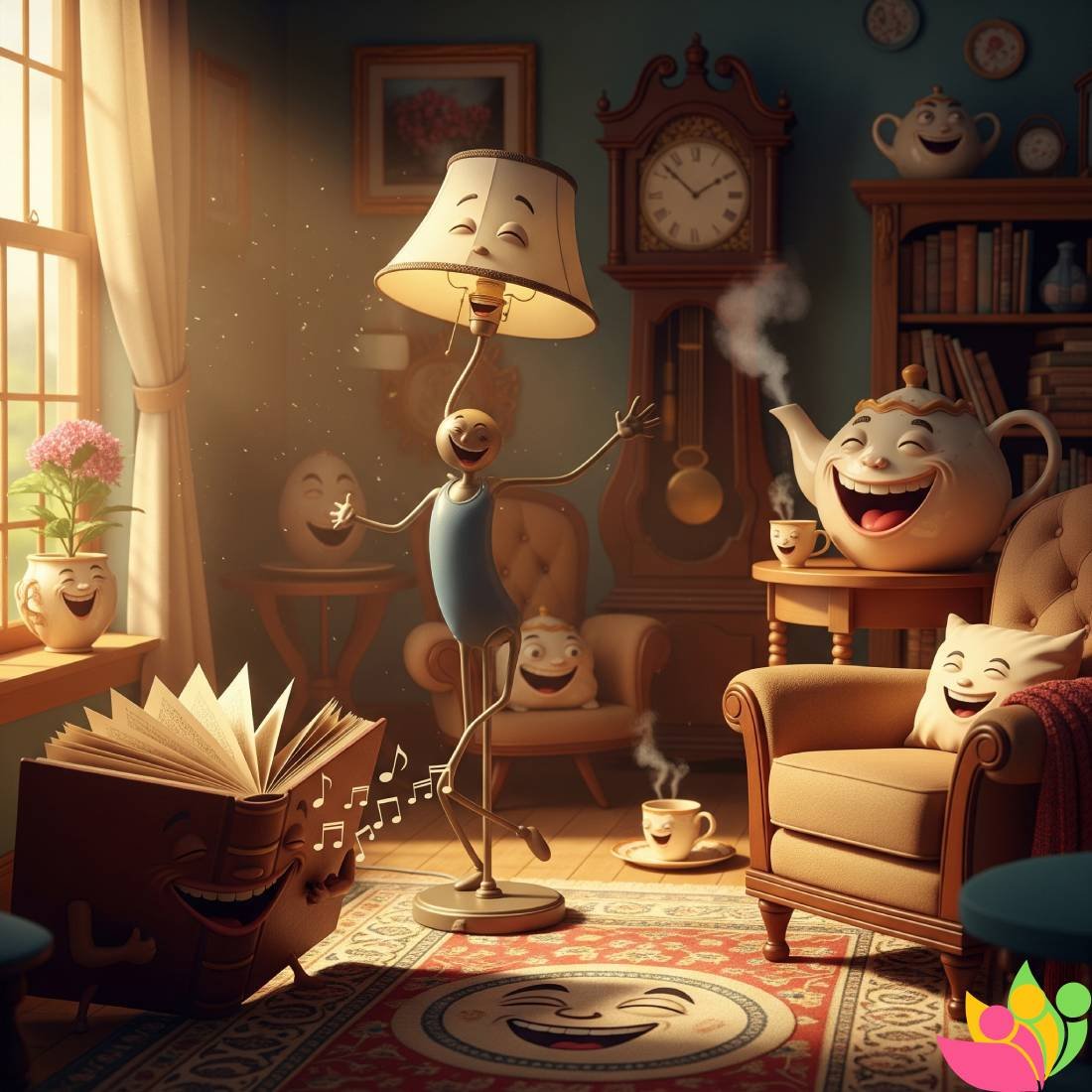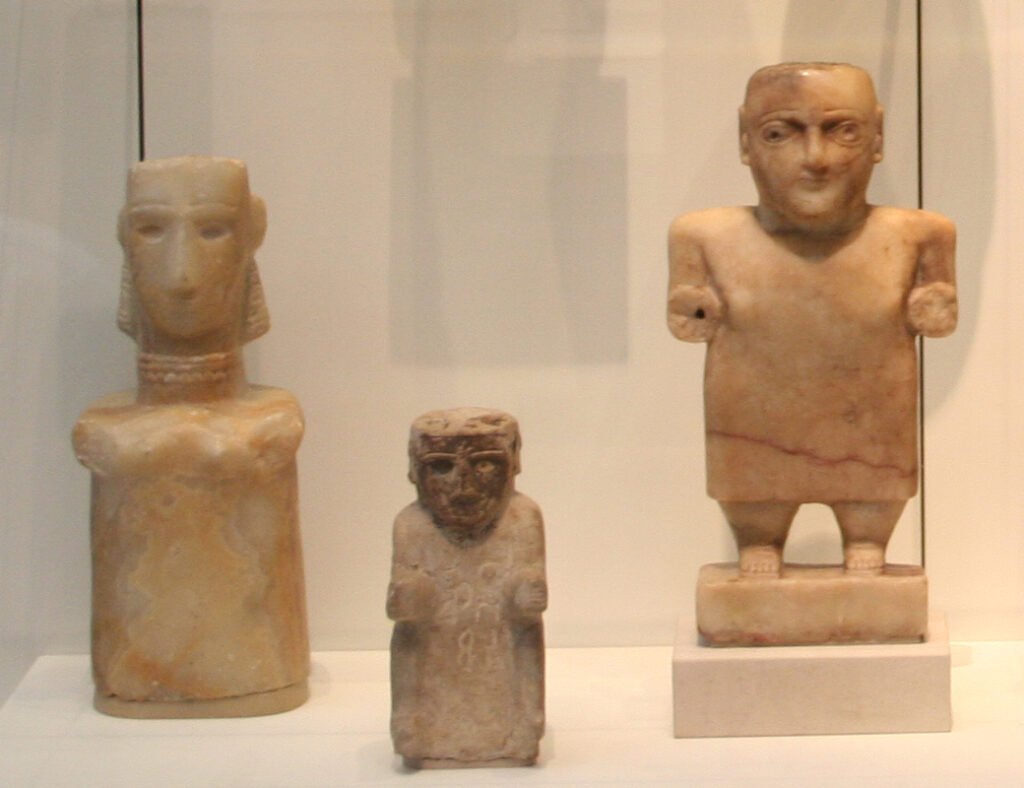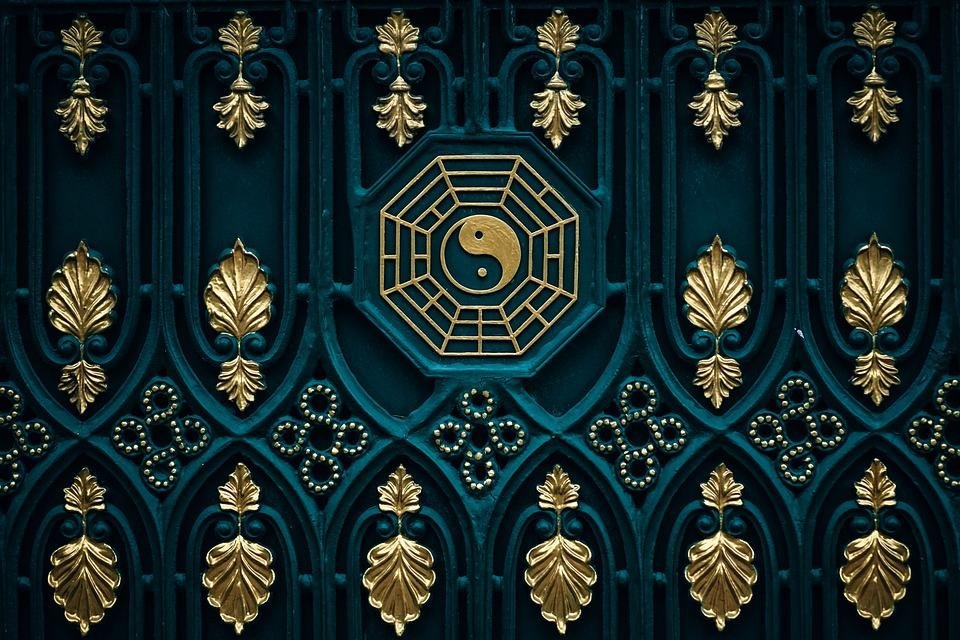Why Objects Don’t Make Us Happy: The Subtle Dance Between Things and True Joy
In the digital age, our lives seem intertwined with objects. From the newest smartphone to the coziest sofa, we are endlessly tempted to believe happiness lies just one purchase away. But time and again, science and personal experience reveal an unsettling truth: the joy we seek in objects is fleeting by design.
The Illusion of Material Happiness
Many of us dream about that one item that will make everything better—perhaps the latest tech gadget, a designer bag, or a shiny car. Advertisements reinforce this promise daily, showcasing smiling faces made happy by their newest acquisition. Yet, after the initial euphoria fades, most people notice an emotional plateau, or worse, a desire for more. This phenomenon is called hedonic adaptation.
Hedonic adaptation describes our tendency to return to a baseline level of happiness, regardless of major positive or negative events. A new smartphone thrills us for a week, maybe two, before it becomes just another tool. In a society that prizes instant gratification, it’s no wonder we find ourselves on a treadmill of acquiring and discarding objects, searching in vain for lasting contentment.
The Roots of Real Happiness
Happiness research, from psychologists like Martin Seligman and Sonja Lyubomirsky, suggests real joy blooms from experiences and relationships, rather than from possessions. When people reminisce about their happiest moments, they rarely mention products; instead, they recall shared laughter, adventures, and acts of kindness.
Objects can certainly complement experiences—a camera to capture a memory, comfortable shoes for a long walk—but they are not the source itself. True happiness is relational: it’s the context, the story, the meaning behind what we do and cherish, not merely what we own.
Why Objects Appeal to Us Anyway
Human beings naturally search for symbols of success, comfort, and security. Objects serve as tangible milestones: a graduation gift, a wedding ring, or a first car. They represent achievement and carry emotional value. But trouble arises when we conflate their symbolic meaning with intrinsic worth. A ring can symbolize love, but it cannot replace the feeling of being loved.
Furthermore, social media and modern marketing often create unrealistic standards, encouraging us to seek validation through possessions. When happiness becomes tied to comparison, it grows fragile and elusive.
Cultivating Joy Beyond Material Things
So, if objects alone don’t make us happy, what does? Research uncovers several enduring pathways to well-being:
- Meaningful Relationships: Human connection, empathy, and support are the bedrocks of sustained happiness. Investing time in loved ones pays emotional dividends objects can’t match.
- Purposeful Experiences: Travel, hobbies, volunteering, and learning spark joy and foster a sense of fulfillment long after the experience ends.
- Gratitude and Mindfulness: Appreciating what we have—rather than yearning for what’s next—nurtures contentment. Mindfulness helps us savor the present moment, with or without new things.
- Creativity and Growth: Challenging ourselves and pursuing personal growth creates a sense of progress that no item can replicate.
Finding Balance with Objects
None of this means we should reject objects or downplay their role in our lives. Cherished books, art, or gifts hold sentimental value and can remind us of people or times we treasure. The key is balance—seeing objects as tools or symbols, not as substitutes for joy itself.
Ultimately, happiness isn’t something we can buy, but something we build. When we stop searching for fulfillment on store shelves and start nurturing it within, we unlock a richer, more sustainable form of joy—one that gleams brighter than any possession ever could.







